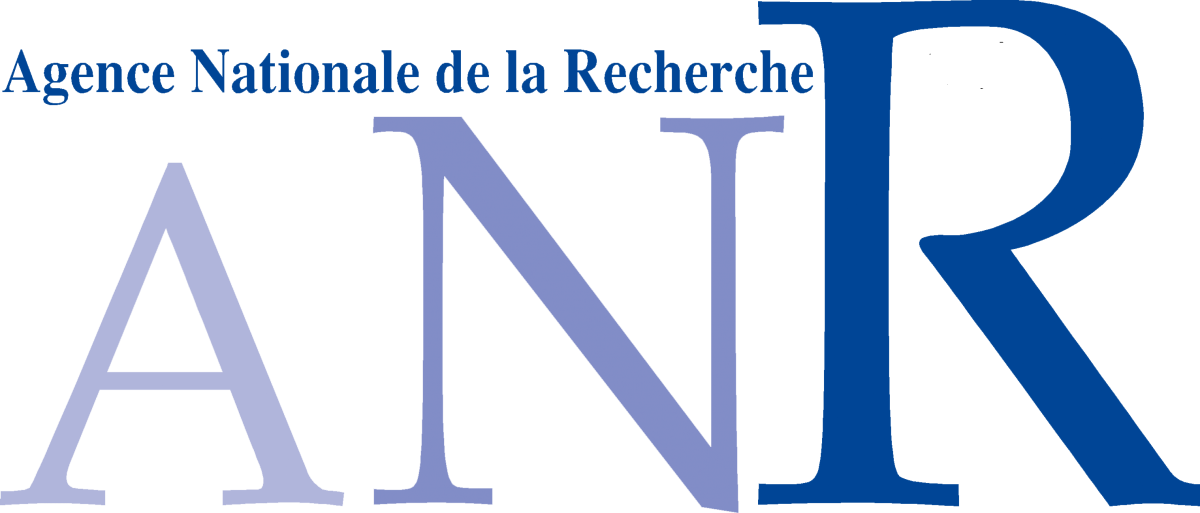Sparisoma cretense
Diagnosis
Diagnosis_Genus: Sparisoma Swainson. Large scales on body and major part of head. Snout conical, shorter than post-orbital length. Edge of fused teeth with indentures in young specimens. Median suture in each jaw present. Preopercular edge membraneous. Dorsal finrays VIII-IX + 10; anal finrays III + 9. Lateral line interrupted with 18 19 + 5 7 scales; above lateral line 1-2 rows of scales and I on cheeks. Gillrakers 10-14. Vertebrae 24. Colour: males grey-brown, purplish-brown, more pale on belly. Small white spots on back and sides. Females generally reddish, carmine; a large brown (indigo) spot on rear part of head and on beginning of sidcs; a yellow spot on upper part of caudal peduncle, spreading on last dorsal soft rays. Males and females with longitudinal stripes of whitish spots on sides.
Diagnosis_Species: Labrus cretensis Linnaeus. L. dentibus 4 virescens, cauda fifurca. Art, gen, 34. syn. 57. Habitat in Creta & adjacentibus.
Other description (IUCN): This species is widespread in the Mediterranean Sea and is relatively abundant there and in the Canary Islands and Cape Verde. Its populations there are at least stable, and the species’northerly distribution in the Mediterranean may increase with warming sea temperatures in the future. Little is known of populations outside the Mediterranean, but there are no known major threats and it is assessed as Least Concern.
Body_adult_max_length: 50 cm SL (fishbase)
Body_adult_common_length: 20-30 cm (fishbase)
Etymology
Sparisoma: Latin, sparus = a fish with a golden head + Greek, soma = body (Fishbase).
Type species
The type species of the genus Sparisoma is Scarus chrysopterus (currently Sparisoma chrysopterum) (Bloch & Schneider, 1801) (Moura & Randall, 1998).
Ecology
This species is found in the eastern Atlantic from Portugal to Senegal, including the Azores, Madeira, Canaries and Cape Verde Islands. It is present throughout most of the Mediterranean Sea, except for parts of the north-western coast and most of the Adriatic Sea. In the Mediterranean, Sparisoma cretense is more common along the eastern and southern coasts. It has also been recorded from south-eastern Italy and the Adriatic Sea, and also around Sardinia (IUCN).
Substrate: water
Salinity: marine
Habitat: coastal
Temperature_preferred: 26°C (Fishbase)
Depth: 20-50 m (Fishbase)
Oxygen_level: oxic
Life cycle
Males matured at the same ages and sizes as did females, and size ranges of males and females overlapped, strongly suggesting gonochorism for this species.
We saw parrotfish courting between July and September but spawning was only observed in August (Afonso et al., 2007).
Reproduction_mode: sexual_hermaphrodite_protogynous
Fertility_period: seasonal (during the summer) (July to September, Wikipedia)
Feeding behaviour
Mode of locomotion
Original description
Reference(s)
Attached phylogeny
Observation site(s)
SYMBIONTS
| Association with... | Region origin | Name of site | In reference... |
|---|---|---|---|
| Amyloodinium ocellatum | Aquarium Zoological Society of London |
(1934) On Oodinium ocellatum Brown, a parasitic dinoflagellate causing epidemic disease in marine fish. Proc. Zool. Soc. Lond. 2:583-607. |












